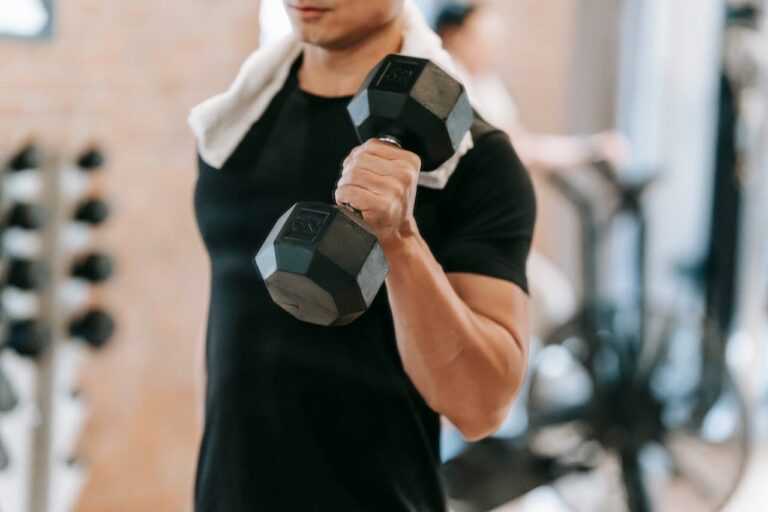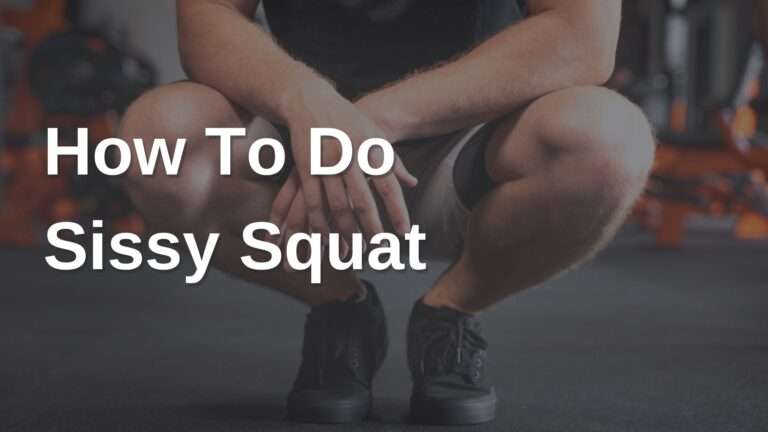Best Way to do Push ups for Chest – Techniques and Tips

When it comes to chest exercises, push-ups are a timeless classic. They require no special equipment, can be done virtually anywhere, and are incredibly effective at targeting your chest muscles. In this article, we’ll explore the best ways to do push-ups for chest development. We’ll also go into the various types of push-ups that specifically target your chest, discuss the muscles worked during push-ups, and touch upon push-ups for triceps. Whether you’re a beginner or an experienced fitness enthusiast, there’s something here for everyone on their journey to a stronger, more defined chest.
The Basics of Push-Ups
What Muscles Do Push-Ups Work?
Push-ups are compound bodyweight exercise that engages multiple muscle groups, but they are especially effective at targeting the chest muscles, known as the pectorals. When you perform a standard push up for the chest, your pectoral muscles contract to push your body off the ground. This engagement is what leads to the chest’s development and increased strength.
However, push-ups are not solely a chest exercise. Push-ups are a compound exercise that engages multiple muscle groups, making them an excellent choice for overall upper body strength. The primary muscles worked during push-ups include:
1. Chest (Pectoralis Major):
Push-ups primarily target the chest muscles, specifically the pectoralis major. The way you perform push-ups can influence how much emphasis is placed on your chest.
2. Shoulders (Deltoids):
The front deltoids are actively involved in stabilizing your shoulders during push-ups.
3. Triceps:
The triceps at the back of your upper arms play a crucial role in extending your elbows to push your body up.
4. Core (Abdominals):
Your core muscles help maintain proper alignment and stability during the exercise. Core plays a very vital role in different calisthenics moves you must have a strong core if you are calisthenics athelet. If you are beginner here are 7 easy core exercises for beginners to get stronger core
5. Back (Trapezius and Rhomboids):
The muscles in your upper back assist in stabilizing your scapulae (shoulder blades).
6. Serratus Anterior:
These muscles along your ribcage help with scapular movement and stability.
Benefits of Incorporating Push-Ups into Your Workout Routine
Push-ups offer a plethora of advantages that make them a staple in any fitness regimen:
1. Cost-effective and Equipment-Free Exercise:
One of the most significant benefits of push-ups is their simplicity. You don’t need any equipment, making them accessible to anyone, anywhere.
2. Improved Functional Strength:
Push-ups mimic real-life movements, such as pushing open a door or lifting groceries. Building functional strength through push-ups can enhance your daily activities and reduce the risk of injury.
Proper Push-Up Form
To reap the full benefits of push-ups for your chest, it’s essential to maintain proper form:
Step-by-Step Guide to Performing a Standard Push-Up
Hand Placement:
Begin with your hands slightly wider than shoulder-width apart. This placement ensures that your chest muscles are effectively engaged.
Body Alignment:
Maintain a straight line from head to heels. Avoid sagging your hips or arching your lower back. Engage your core muscles to stabilize your body.
Range of Motion:
Lower your body until your chest almost touches the ground, keeping your elbows at a 45-degree angle to your body. Push back up to the starting position.
Common Mistakes to Avoid
While push-ups are a straightforward exercise, many people make mistakes that hinder their progress:
Arching the Lower Back:
Arching the lower back places undue stress on the lumbar spine. Ensure your back remains flat throughout the exercise.
Rounding the Shoulders:
Keep your shoulders back and down to prevent unnecessary strain on the shoulder joints.
Not Engaging the Core:
Your core muscles play a crucial role in stabilizing your body during push-ups. Neglecting to engage them can lead to improper form and reduced effectiveness.
Types of Push ups for Chest
Variety is key to sustained progress and avoiding plateaus in your chest development journey. Here are some different push-ups for a chest that specifically target the overall chest and other muscles:
Wide-Grip Push-Ups:
Place your hands wider than shoulder-width apart to increase chest activation.
Diamond Push-Ups:
Bring your hands close together beneath your chest to intensify the focus on the pectoral muscles.
Decline Push-Ups:
Elevate your feet on a stable surface to shift more weight to your upper chest.
Incline Push-Ups:
Raise your hands on an elevated surface to target the lower chest. Incline push-ups are easy form of regular push up.
One-Arm Push-Ups (Advanced):
This advanced variation demands exceptional chest and core strength. Begin with other variations before attempting one-arm push-ups.
Benefits and Targeted Areas for Each Variation
- Wide-grip push-ups emphasize the outer chest muscles.
- Diamond push-ups work the inner chest muscles and triceps.
- Decline push-ups target the upper chest.
- Incline push-ups focus on the lower chest.
- One-arm push-ups challenge chest strength and stability.
How to Incorporate Variations into Your Workout Routine
To maximize chest gains, incorporate these variations into your routine by mixing them with standard push-ups. For example, you can start with wide-grip push-ups and transition to diamond push-ups, ensuring a well-rounded chest workout.
The Best Way to Incorporate Push-Ups for Chest
Now that you know how to perform different push-up variations let’s discuss the best way to incorporate them into your workout routine for optimal chest development.
Setting Up a Structured Workout Plan
Beginners should aim for three to four sets of 10 to 15 repetitions of modified push-ups. As you progress, transition to standard push-ups and then add variations. A sample chest workout routine could include:
- Standard Push-Ups: 3 sets x 12 reps
- Wide-Grip Push-Ups: 3 sets x 10 reps
- Decline Push-Ups: 3 sets x 8 reps
- Incline Push-Ups: 3 sets x 12 reps
This structure allows you to gradually increase the intensity and challenge your chest muscles.
Combining Push-Ups with Other Chest Exercises
While push-ups are an excellent chest exercise, combining them with other chest-focused workouts can lead to even better results. Consider incorporating bench presses, dumbbell flyes, or chest dips into your routine for a more comprehensive chest workout.
Tracking Progress and Setting Goals
To gauge your progress, keep a workout journal. Note down the number of repetitions, sets, and variations you perform during each session. Over time, you’ll be able to see improvements in your chest strength and endurance, helping you stay motivated and achieve your fitness goals.
Tips for Maximizing Chest Gains
Achieving your dream chest isn’t just about push-ups; it’s about a holistic approach to fitness:
Nutrition and Recovery
- Maintain a balanced diet with sufficient protein to support muscle growth.
- Get adequate sleep to allow your muscles to recover and grow.
- Stay hydrated to prevent muscle cramps and promote overall health.
Consistency and Frequency
- Stick to your workout routine consistently, aiming for at least three chest workouts per week.
- Gradually increase the intensity and challenge to keep your chest muscles engaged.
Listening to Your Body and Avoiding Overtraining
Pay attention to your body’s signals. Overtraining can lead to injury and hinder your progress. Ensure you give your muscles enough time to recover between workouts.
Conclusion
In conclusion, push-ups are a versatile and effective exercise for building a strong chest. By understanding the best way to do push-ups for chest development, maintaining proper form, incorporating variations, and following a structured workout plan, you can achieve remarkable chest gains.
Remember that fitness is a journey, and consistency is key. With dedication and the knowledge you’ve gained from this article, you’re well on your way to mastering the art of push-ups and sculpting a powerful chest that you can be proud of. Happy pushing!






